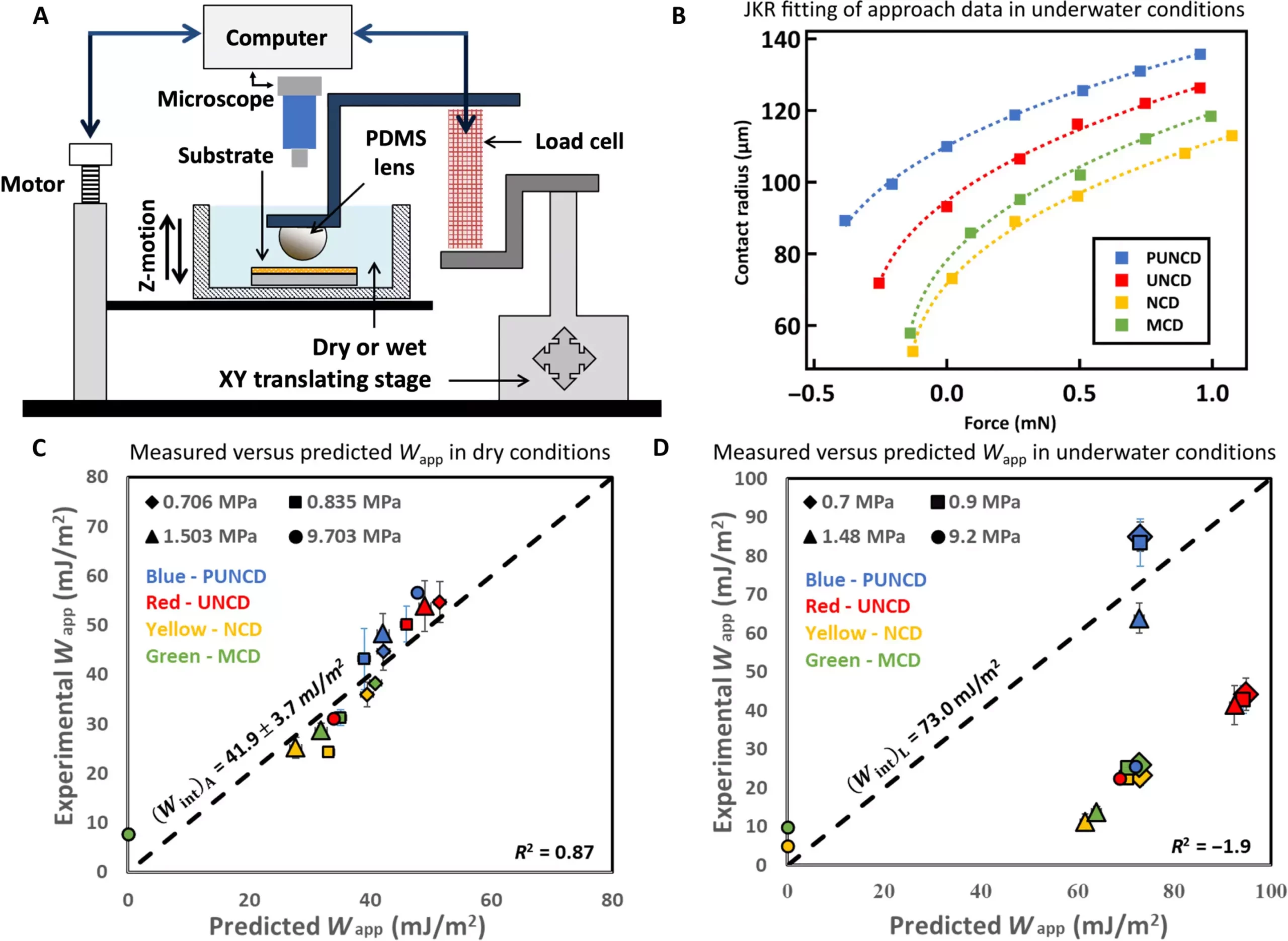In a groundbreaking study conducted by scientists at the University of Akron and the University of Pittsburgh, long-held assumptions about water’s role in adhesion have been overturned. Led by Dr. Ali Dhinojwala, the research team made a significant breakthrough by demonstrating that water can unexpectedly enhance adhesion under controlled conditions. This discovery, published in Science Advances, challenges the conventional wisdom that water hinders adhesion processes and opens up new possibilities for a wide range of applications.
Implications for Biomedical Applications
The implications of this research are particularly profound in the field of biomedical applications. From bandages to health monitoring sensors for moist skin, the ability to leverage water to enhance adhesion could revolutionize the way medical devices are designed and used. Advanced adhesives that could replace sutures may become a reality, offering a more effective and less invasive approach to wound closure.
Beyond the realm of biomedical applications, the insights gained from this study have the potential to revolutionize industries worth billions of dollars globally. Whether it is driving on wet roads or applying adhesive tapes to damp skin, the challenges posed by wet, rough surfaces may be mitigated by the newfound understanding of how water interacts with surface roughness and material properties.
The study conducted by Dr. Dhinojwala’s team involved measuring the adhesion of a soft elastomer to precisely engineered rough surfaces, shedding light on the complex interplay between water, surface roughness, and adhesion dynamics. Contrary to expectations, the presence of water during contact formation initially disrupts adhesion by preventing molecular contact over a significant portion of the surface area, due to trapped water molecules.
Surprisingly, the presence of water, which hinders adhesion during contact formation, actually increased adhesion by nearly four times during detachment. Through analytical models and surface-sensitive spectroscopy, the researchers were able to show that water is trapped in nanometer-sized pockets, creating a unique mechanism for enhancing adhesion. This challenges the traditional view that water universally impedes adhesion and points towards a new understanding of how water can be harnessed to improve adhesion processes.
Looking Towards the Future
Dr. Dhinojwala’s team plans to further refine their findings and explore practical applications that capitalize on the surprising benefits of water in adhesion science. By developing a deeper understanding of how water interacts with surface topography, they aim to unlock new possibilities for enhancing adhesion in a variety of contexts. This research opens up exciting opportunities for innovation and could pave the way for the development of novel materials and technologies in the future.


Leave a Reply